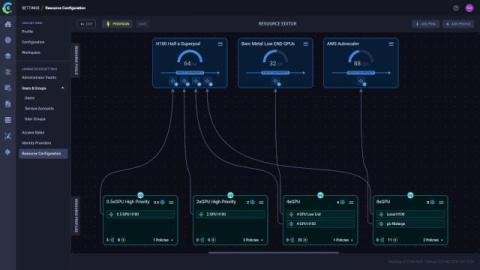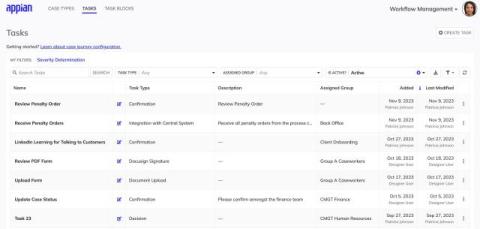Six easy steps to adapt your App icons for Apple's new Dynamic Tinting Feature
At the latest WWDC, Apple unveiled an exciting new feature: dynamic tinting for app icons. This update calls for developers to adjust their app icons to support this functionality, ensuring a more visually consistent experience across iOS. This change is significant for maintaining a seamless user interface, allowing app icons to adapt to various system-wide themes, including dark mode, and providing a cohesive look throughout the operating system.











